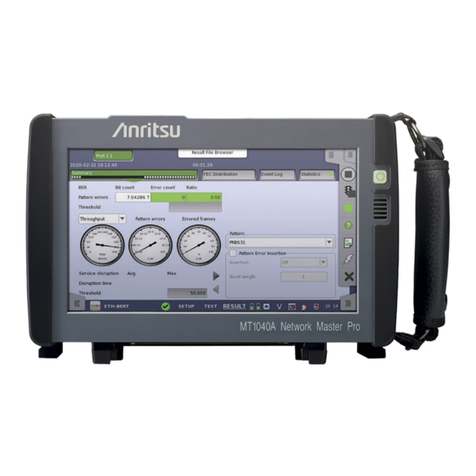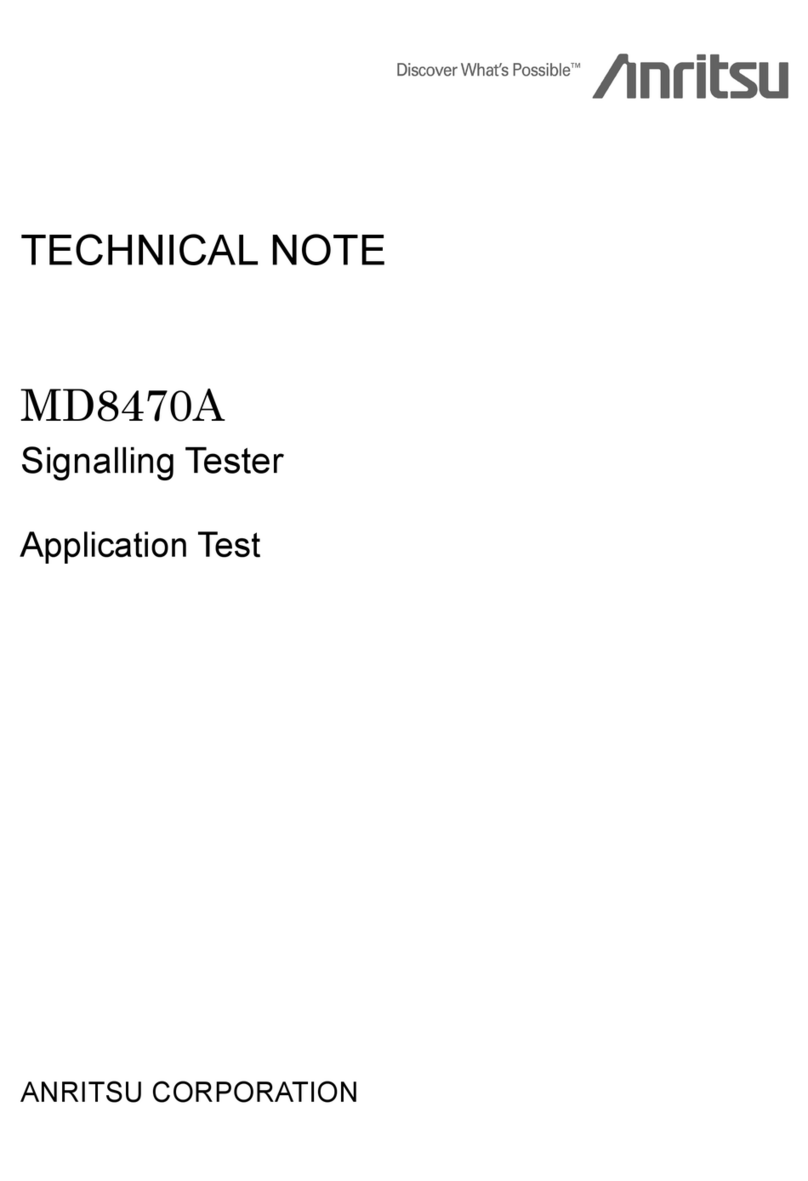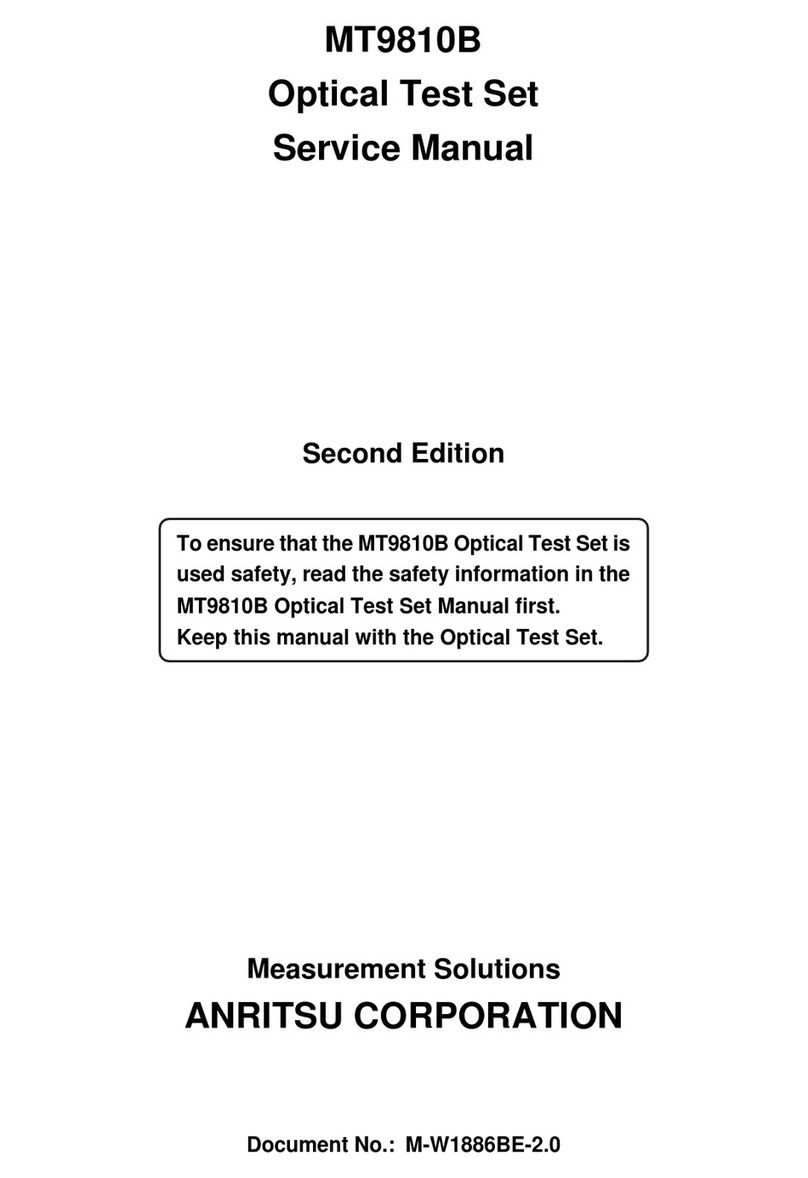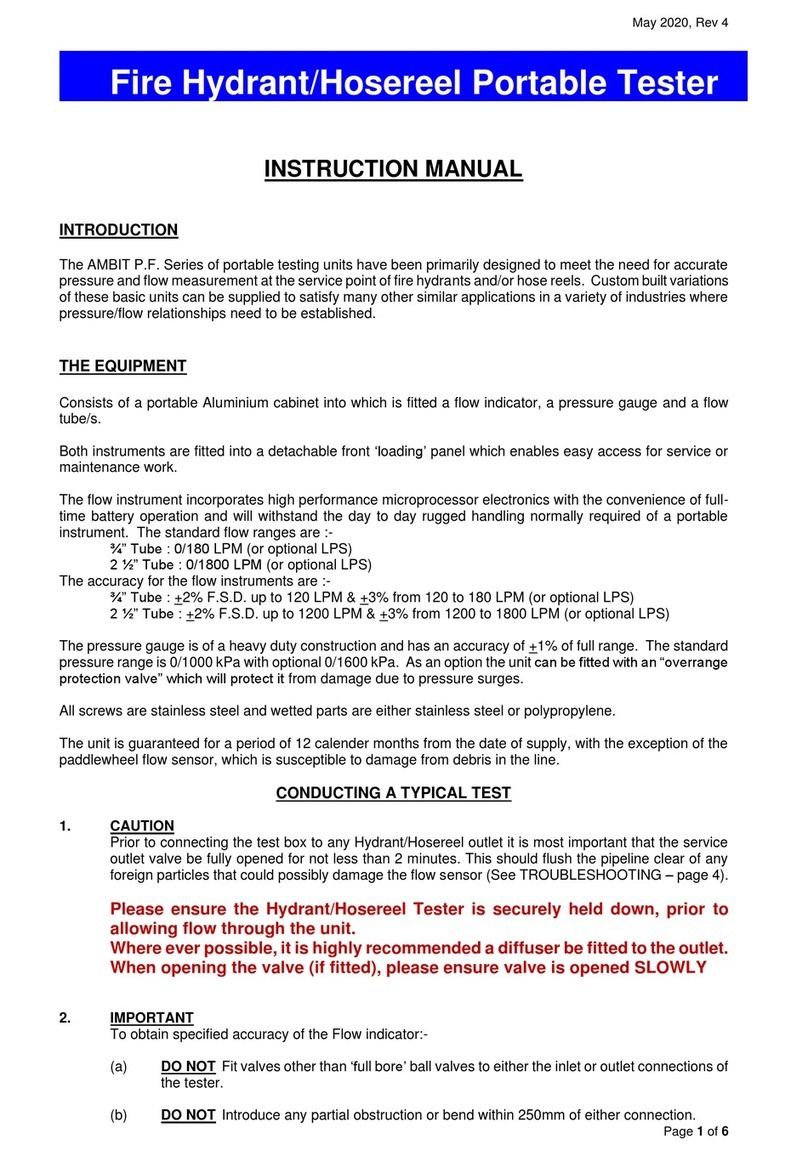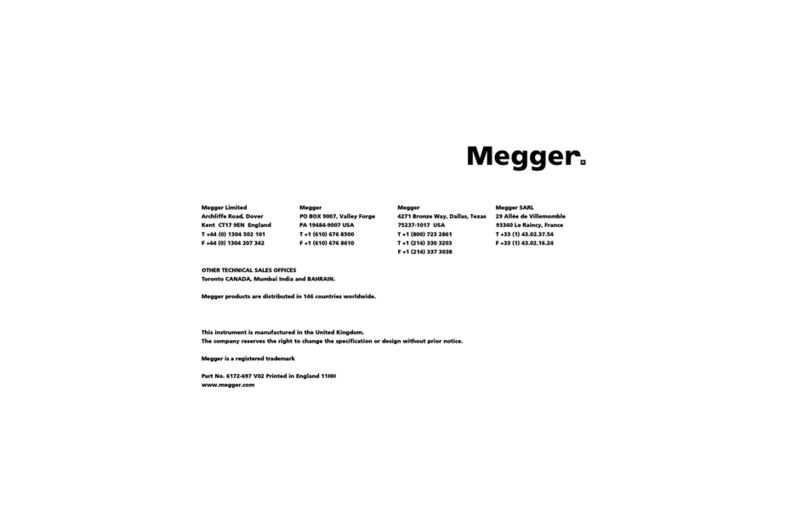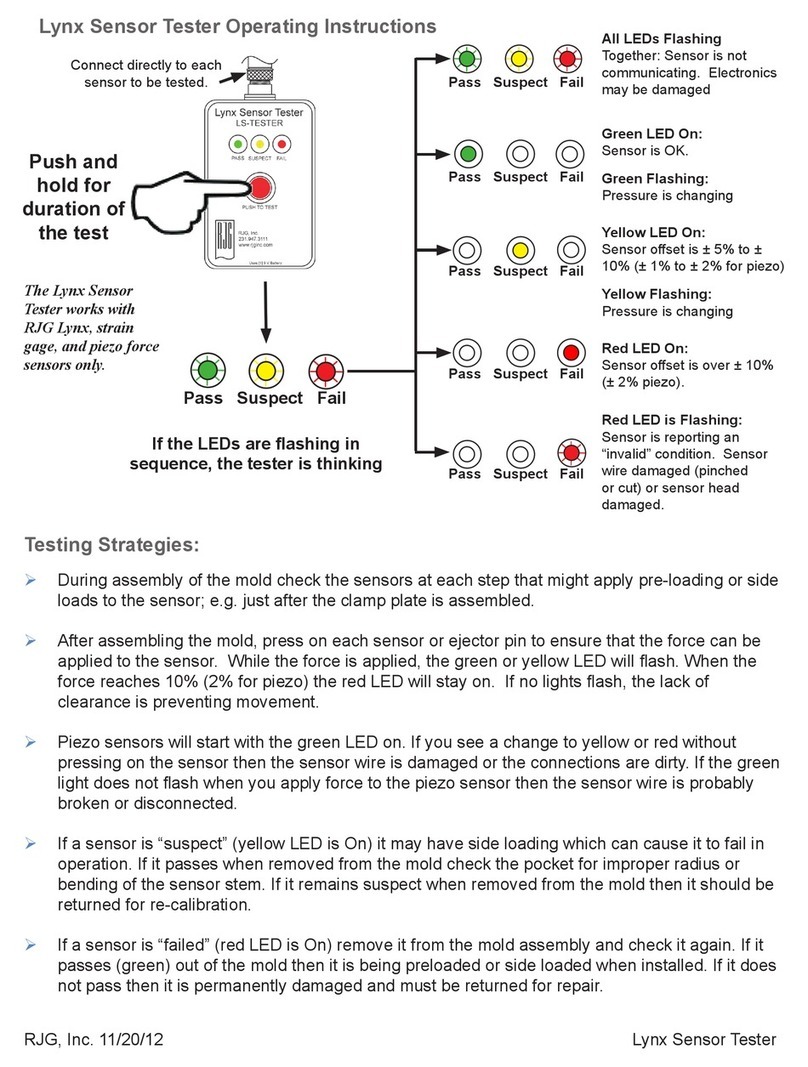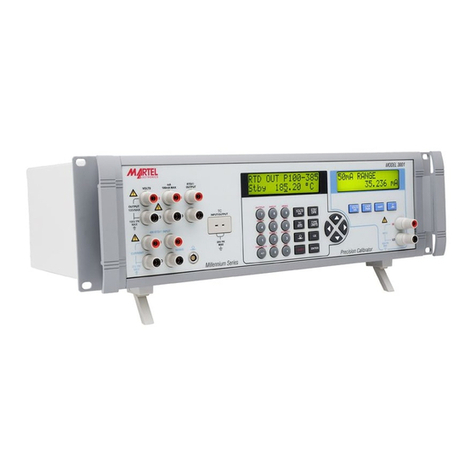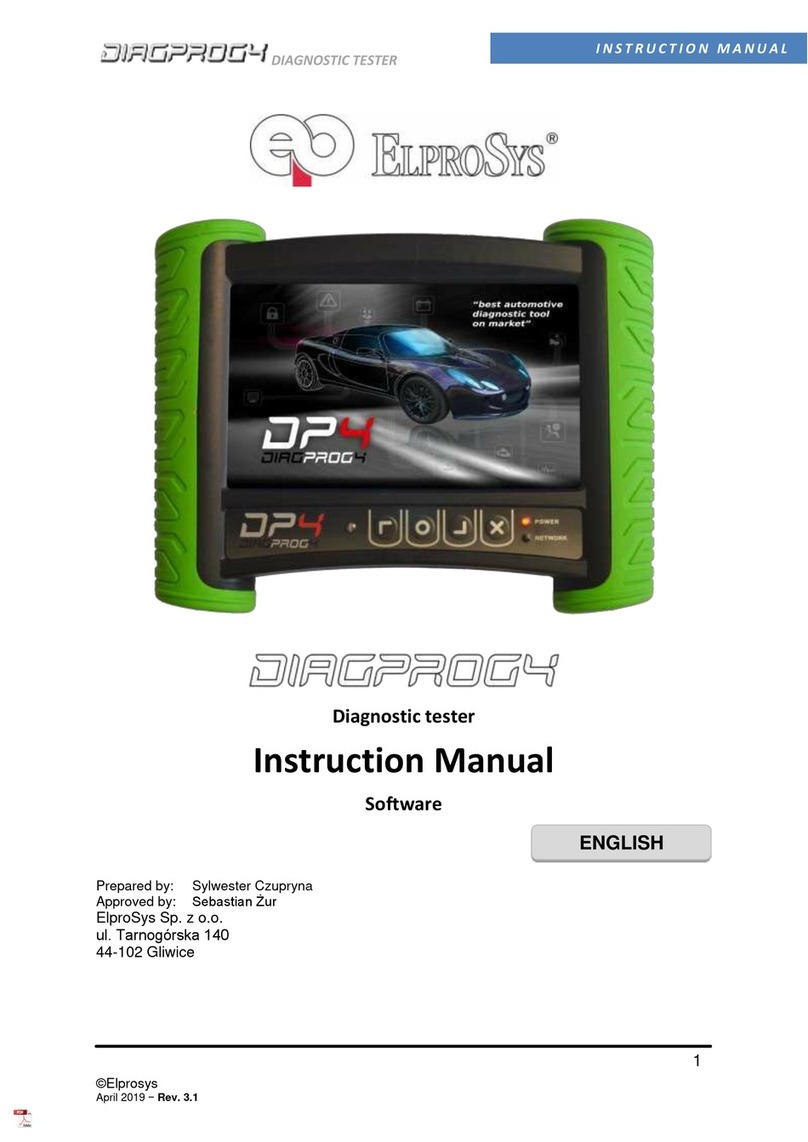Anritsu MT1000A Network Master Pro User manual
Other Anritsu Test Equipment manuals
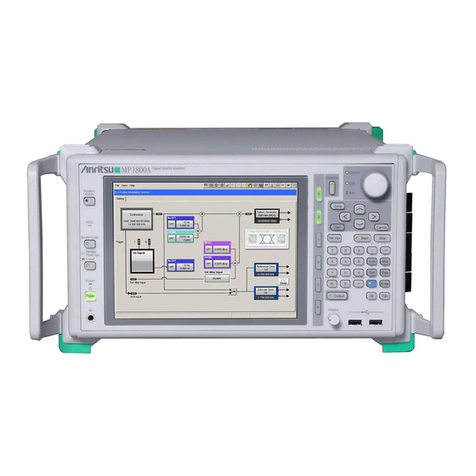
Anritsu
Anritsu MP1800A User manual
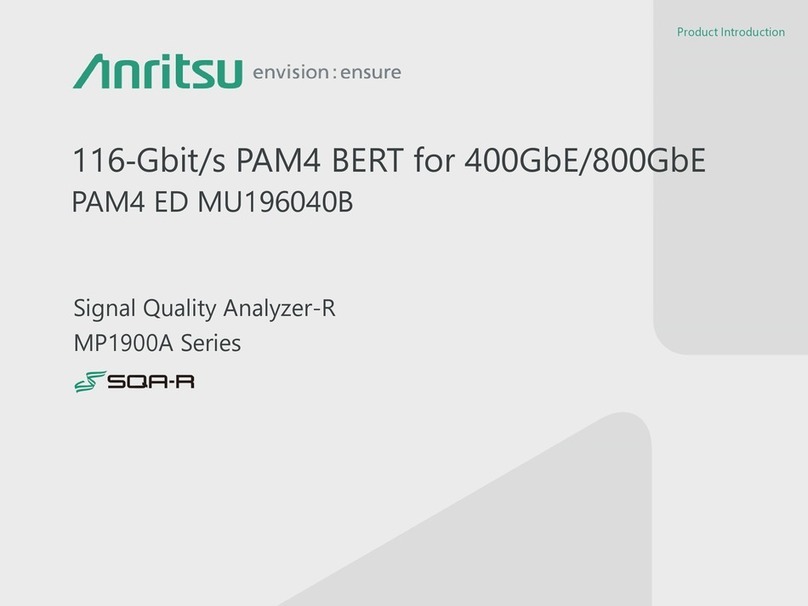
Anritsu
Anritsu SQA-R MP1900A Reference manual

Anritsu
Anritsu MS9720A User manual

Anritsu
Anritsu MS8911A User manual

Anritsu
Anritsu MT9810A User manual

Anritsu
Anritsu MT8860C User manual
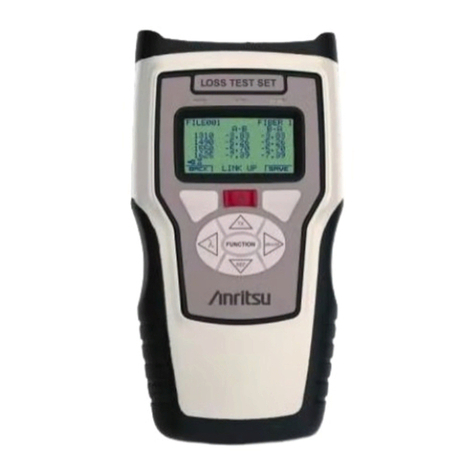
Anritsu
Anritsu CMA50 User manual
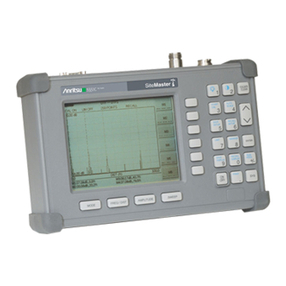
Anritsu
Anritsu Site Master S113C User manual
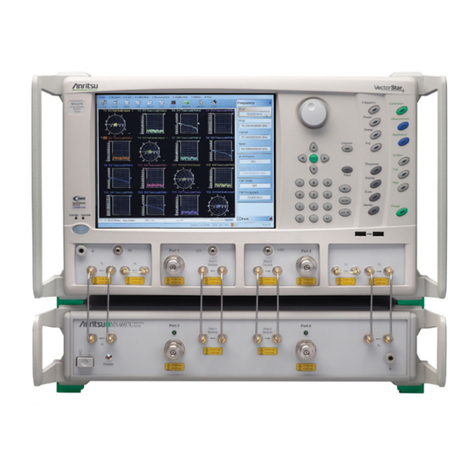
Anritsu
Anritsu MN469xC Series User manual
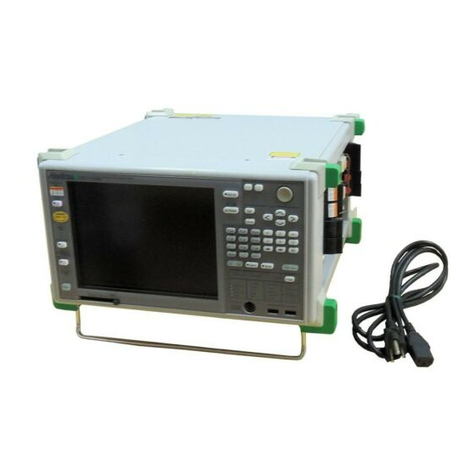
Anritsu
Anritsu MP1590B User manual

Anritsu
Anritsu MT8850A User manual
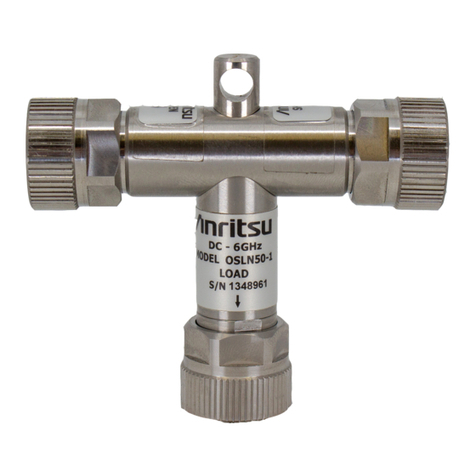
Anritsu
Anritsu OSL Series User manual
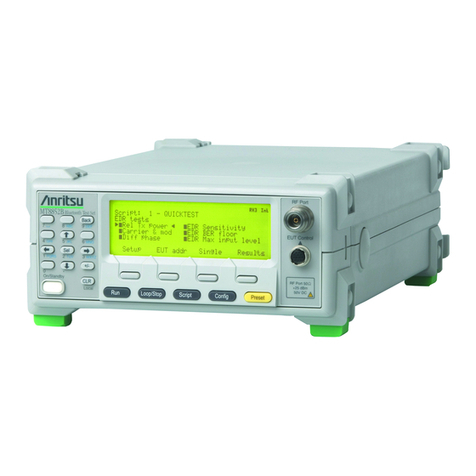
Anritsu
Anritsu MT8852B Owner's manual
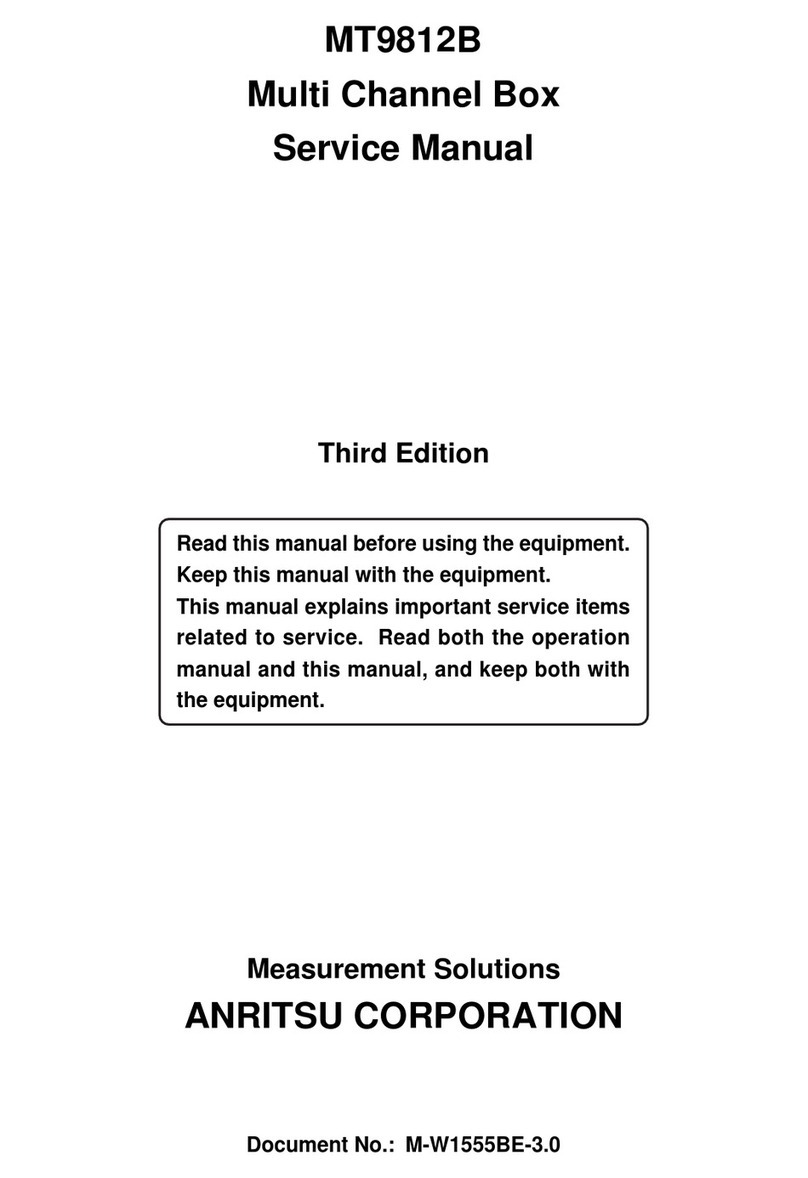
Anritsu
Anritsu MT9812B User manual
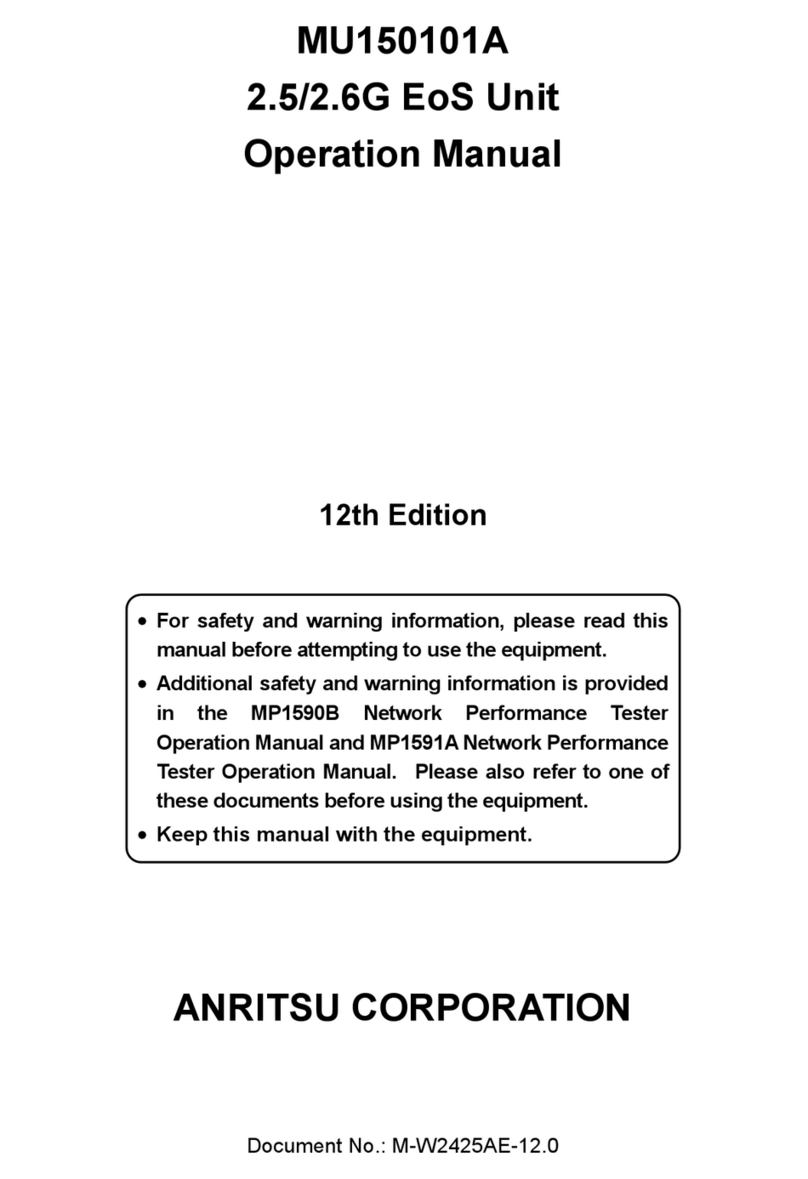
Anritsu
Anritsu MU150101A User manual

Anritsu
Anritsu MT8860B Owner's manual
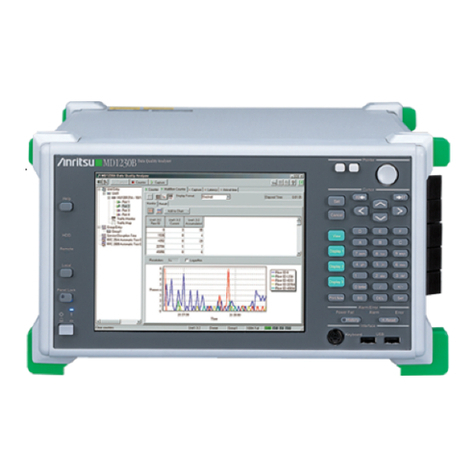
Anritsu
Anritsu MD1230B-26 User manual

Anritsu
Anritsu MT9812B User manual

Anritsu
Anritsu MN469xC Series User manual
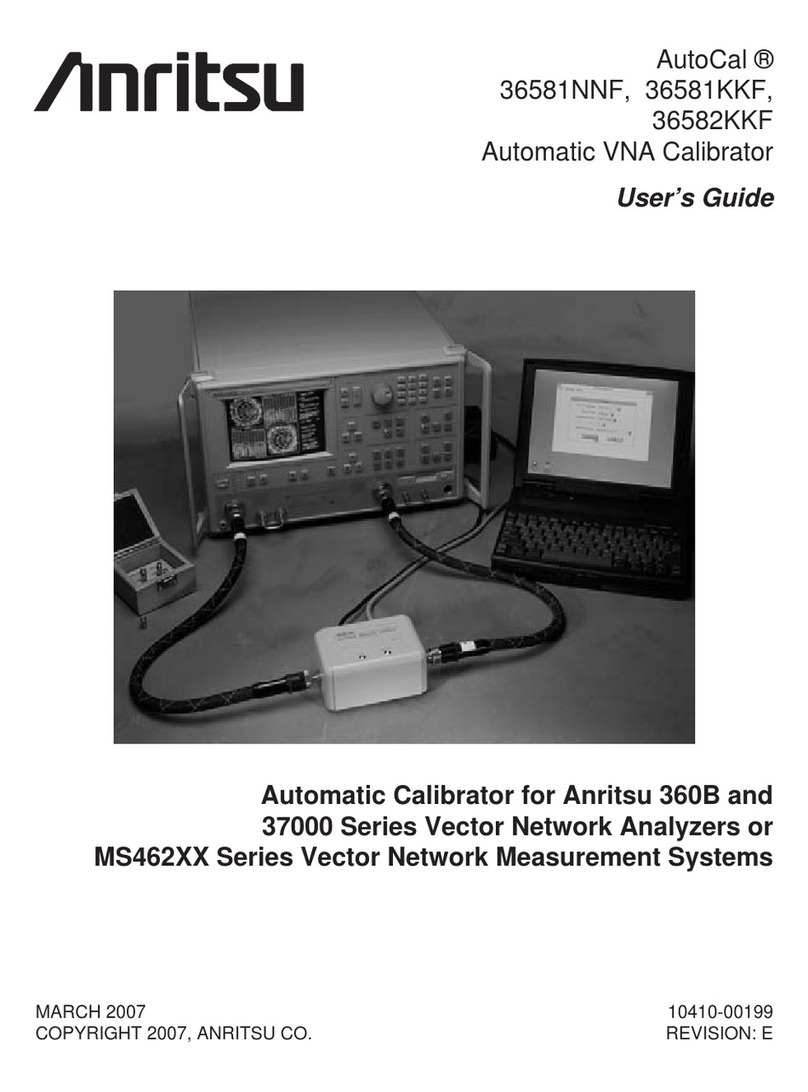
Anritsu
Anritsu AutoCal 36581NNF User manual
Popular Test Equipment manuals by other brands

Redtech
Redtech TRAILERteck T05 user manual
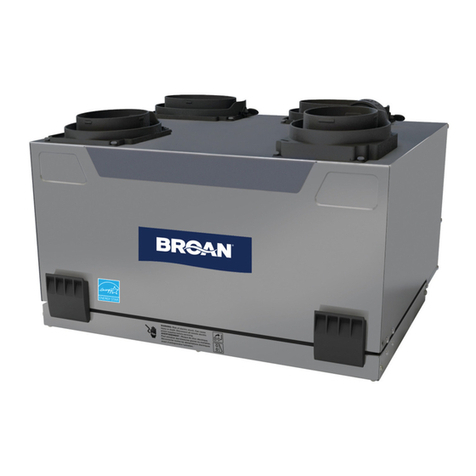
Venmar
Venmar AVS Constructo 1.0 HRV user guide

Test Instrument Solutions
Test Instrument Solutions SafetyPAT operating manual
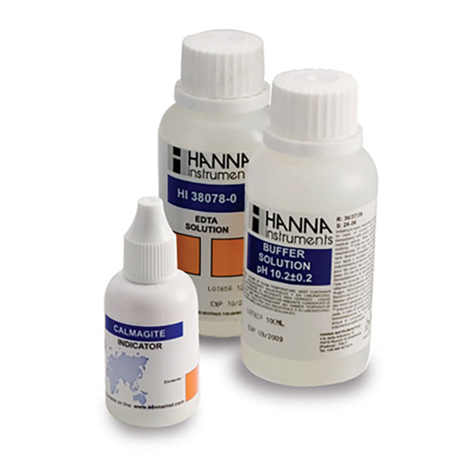
Hanna Instruments
Hanna Instruments HI 38078 instruction manual
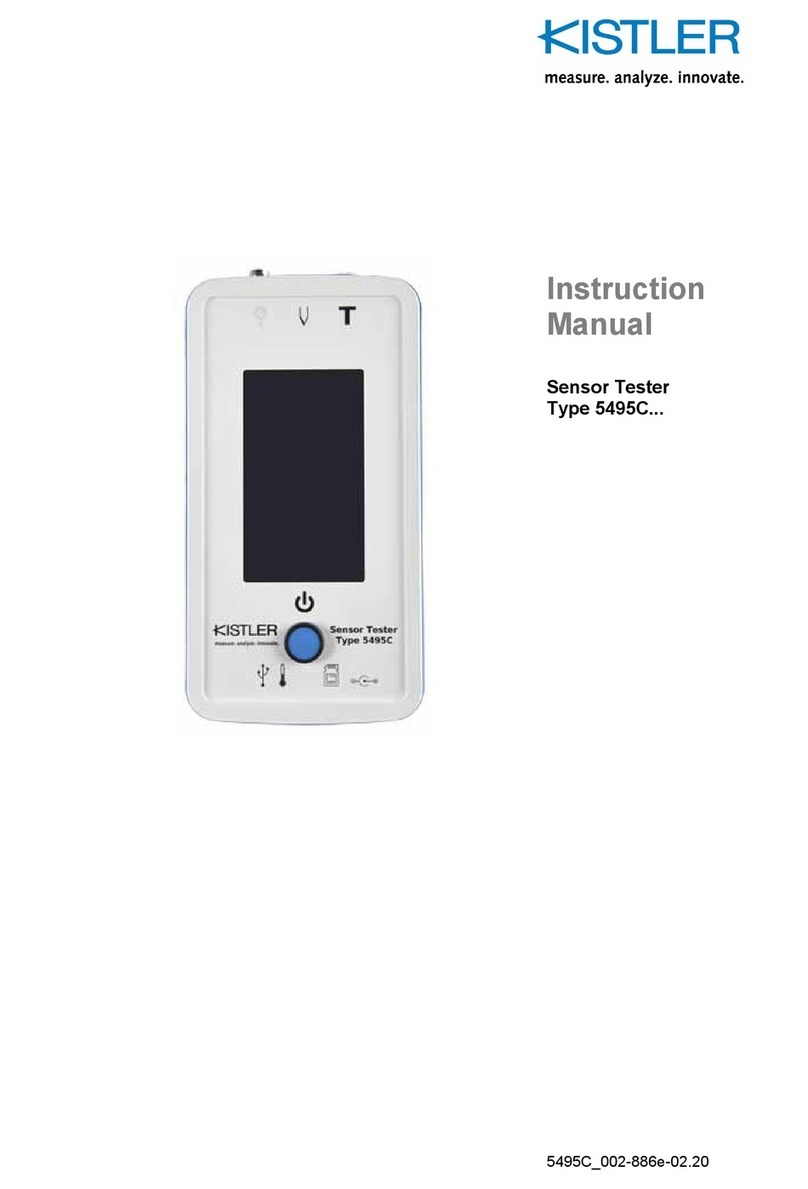
Kistler
Kistler 5495C Series instruction manual
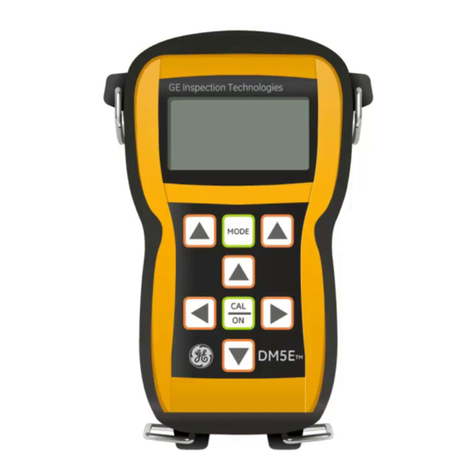
Waygate Technologies
Waygate Technologies DM5E Basic quick start guide

StoneL
StoneL DeviceNet CK464002A manual

Seica
Seica RAPID 220 Site preparation guide

Kingfisher
Kingfisher KI7400 Series Training manual
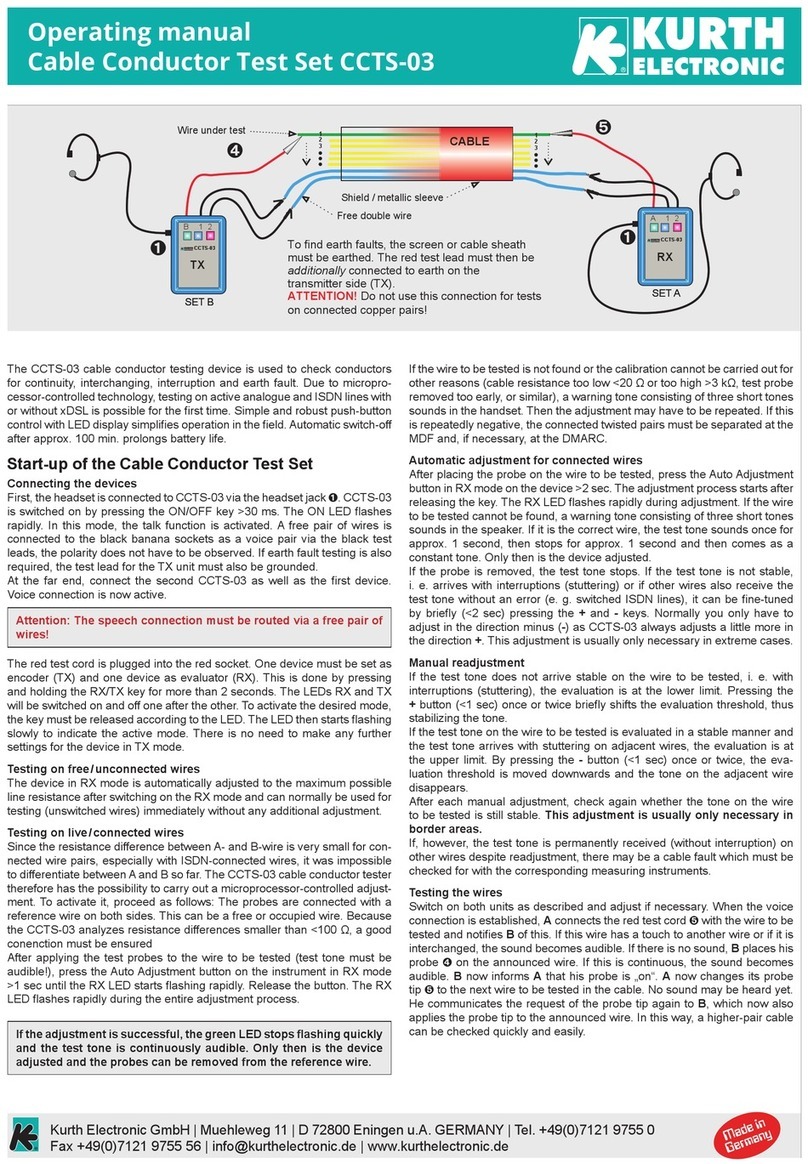
Kurth Electronic
Kurth Electronic CCTS-03 operating manual

SMART
SMART KANAAD SBT XTREME 3G Series user manual

Agilent Technologies
Agilent Technologies BERT Serial Getting started
